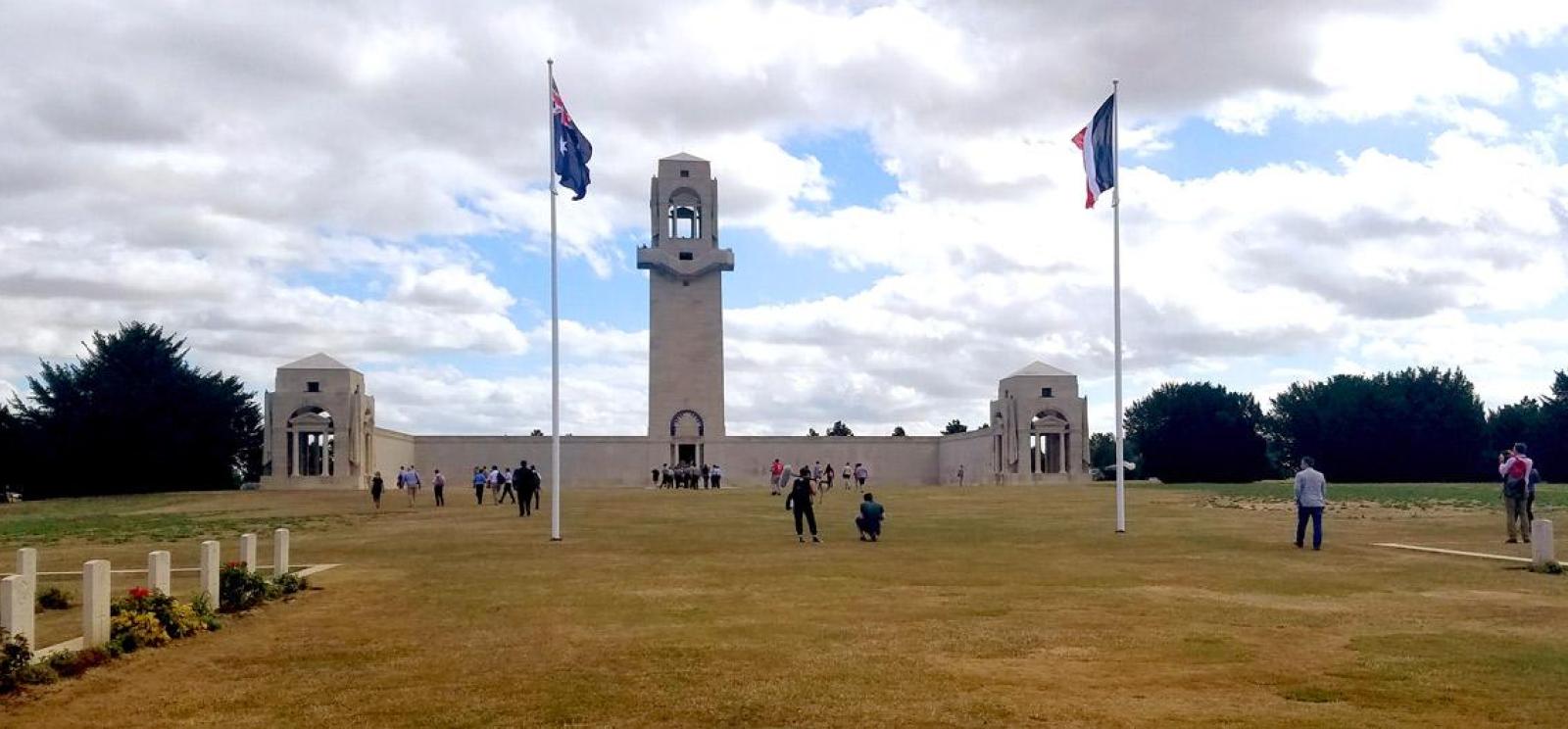In August 2018, students from Australia, Canada, France, the UK and the United States came together to tour the former WWI battlefields as part of the commemoration of the centennial of the war in Amiens, France.
Two groups of students came from the U.S.: One from Newberry High School in Newberry, Michigan, led by teacher Randy Griffis (also a 2016-17 National WWI Museum and Memorial Teacher Fellow) and another group from University High School in Irvine, California, led by teacher Judy Richonne. The students were asked to share their experiences on this voyage, as well as answering questions about their background, why they wanted to participate in the Amiens journey and what they felt was the value of understanding World War I for students today. The trip was made possible by the U.S. World War One Centennial Commission.
"Team Michigan" - Newberry High School:
Megan Burton, Lorna Gage, Nicholas Manty, Sam Massey and Abigail Smithson.
"Team California" - University High School:
Sam Adele, Louisa Hansen, Lily Litvak, Rajit Singh and Mansi Solanki.
Day 1: August 5
The Trip Begins! The students leave the United States, on their journey to France. We asked two of the students about themselves and their thoughts on the trip:
“Hello, my name is Megan Burton and I go to Newberry High School. I am from the small town of Newberry in the Upper Penninsula of Michigan. I am excited for this adventure because I have never been outside of the U.S. and am looking forward to experiencing all France has to offer for the first time. I am anticipating being able to experience the different culture and people and embrace the history during this week. This program is providing a once in a lifetime excursion for students from involved countries in the Battle of Amiens, and furthers their knowledge of World War I and to have a better understanding of the significance of Amiens.
“History is an extremely interesting subject to me, whether it be personal accounts or artifacts, I am instantly intrigued. This program allows be to embrace my love for history and get to know others from different schools, along with those I am also ecstatic to tour Amiens and Paris and get to know more about what it has to offer. I have always wanted to travel to different countries and learn about their cultures and tour their attractions, through this program I am able to have that chance to further my knowledge of world history, travel to a foreign country, and make lifelong connections with new people.”
— Megan Burton (TEAM MICHIGAN)
“I am Sam Adele, from University High school in Irvine, Southern California. This is my first time abroad, so the trip and the tours that go along with it are really exciting to me. I am looking forward to meeting fellow students from various nations around the world. I want to experience the world that the soldiers faced in the trenches and battles of World War I, and this trip is the perfect opportunity for that.
“The Amiens Commemoration Program is meant to unite the Entente nations that participated in the battle of Amiens, by sending students from each nation to jointly study the battlefields on site. I wanted to join because the chance to study a battle field enthralled me and I dually wanted to go to France. The chance to meet people from other nations also intrigued me.”
— Sam Adele (TEAM CALIFORNIA)
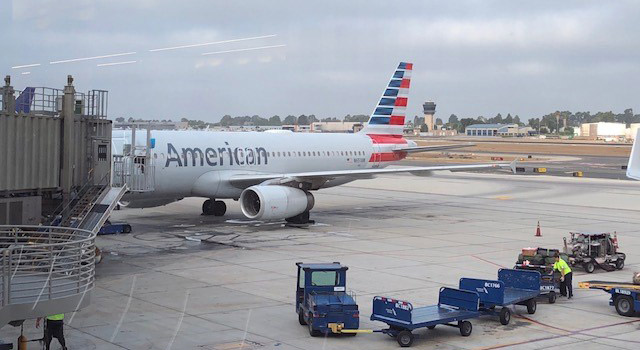
Day 2: August 6
Today, the students began to explore France, and we get to know more about our participants:
“I agreed to participate in this program because it is going to be the opportunity of a lifetime, and I may never be able to do something like this again, especially with it being completely free. It also is really cool to be doing this because it is my first time traveling abroad, so it is amazing that I get to go to France for it, not just a small drive to Canada like most of my friends would do. What I'm looking forward to the most about this program is seeing people from other countries, and seeing how they see the United States, or other things in the world. My initial impressions are that France seems like a very green country that puts a lot of emphasis on clean energy from how many wind turbines and electric cars I've seen already. The thing I want to do the most while we are here is learn more about other countries and see their opinions about the U.S different topics involving us.”
— Nicholas Manty (TEAM MICHIGAN)
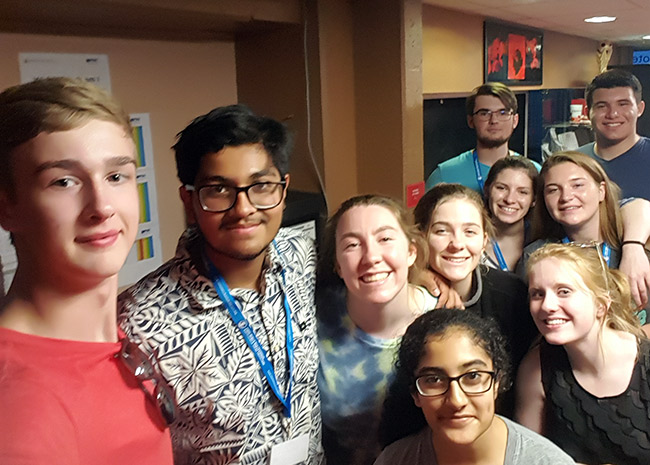
“[This program is] such an amazing opportunity that I could not pass up. To be able to learn about World War I from knowledgeable teachers and fellow students from around the world is a rare opportunity. This is not my first time abroad. I’ve been to Europe and Asia once. I’m looking forward to building lasting friendships with people around the world. In addition, I hope to gain insight on how WWI forces acted and thought like.
“My first impressions are that my teachers absolutely love history, more specifically WWI. It is a special thing when a teacher is truly passionate about a subject and wishes to share the knowledge. France is a silent chaos that becomes order. There are no street lights in our town, nor real order in the airport, however it works. The people are immensely friendly and everyone gets where they need to go safely and politely. I hope to gain knowledge from this trip. I hope to enlighten myself and expand my knowledge on a subject, WWI, that has always fascinated me.”
— Louisa Hansen (TEAM CALIFORNIA)
Day 3: August 7
Our group explored the Somme region, learning about the Battle of the Somme in 1916, the largest battle of the war on the Western Front, and how this offensive affected the war in 1918.
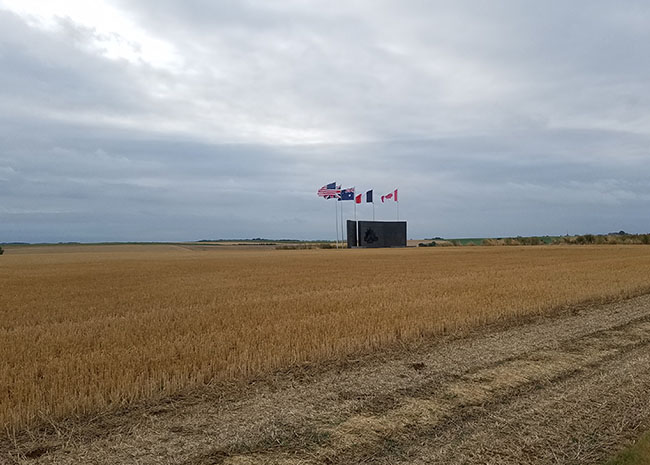
“Experiencing the Sunken Lane, Hamel Cemetery and Hawthorn Ridge was the highlight of the day. Viewing the hedgerows, walking across no man's land and then visiting the cemetery really made WWI real to all involved, particularly when illustrated with contemporary photographs and trench maps. Perhaps the most memorable moment was when I found a single poppy blooming in a recently cut field next to the cemetery—as if to symbolize all of the loss of the war, not only the ninety-eight buried at Hamel. This was followed by visits to the German cemetery at Fricourt, resting place of 17,027 German soldiers in such a small piece of ground, many of whom were unbekannter deutscher Soldaten, similar to those at Thiepval Memorial, who were known, but whose bodies were never recovered. Today was a great reminder of the reality and finality of the Great War, as well as an object lesson in war as the great leveler.”
— Teacher Randy Griffis (TEAM MICHIGAN)
“The sites we visited today provided the background needed to truly understand the significance of the fight for the Amiens region. The remainders of trenches across the landscape at the Newfoundland Memorial Park were harsh reminders of what the men who fought across such a small expanse of land had to endure. The size of the Hawthorn Crater gave evidence of the power of technology and what destruction man is capable of with determined effort. Experiencing how little ground was gained by the Lancashire Fusiliers brought a great sense of sadness and loss.”
— Teacher Judy Richonne (TEAM CALIFORNIA)
Day 4: August 8
The key question for the students today was learning why the Battle of Amiens such a success for the Allied forces, while exploring the village of Le Hamel.
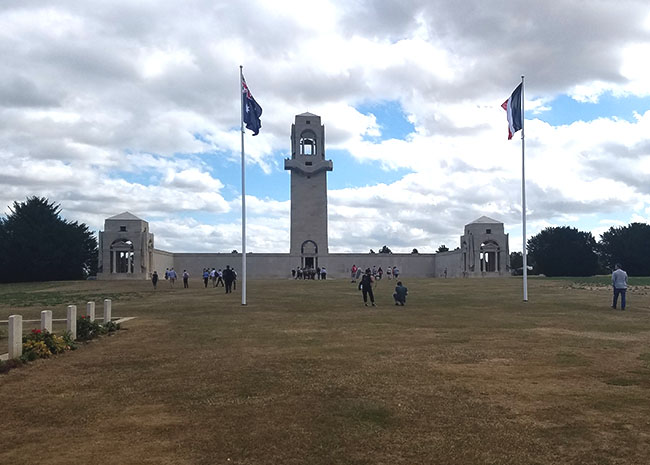
“The small village of Hamel witnessed a unique battle. Manash, the Allied general, kept the battle defensive and used a new tactic of war: Tear Gas deception. The allied coalition would throw tear gas and then fire rounds. Manash did this a couple of times to get the Germans to wear their gas masks which impaired them visually. Manash took the coalition when the Germans were not expecting a strong allied push when the Germans were not able to fend off attacks. The Germans were pushed out of Hamel.”
— Rajit Singh (TEAM CALIFORNIA)
“We spent the day touring cemeteries and monuments around the Somme. This region was where most of the fighting happened on the Western Front in the late years of the war.
“My favorite of all the monuments was the one I saw in Chipilly. The monument was of a British Soldier saying farewell to his dying horse. This was made to commemorate the millions of horses that died in the Great War. It stood out to me because unlike all the others I saw, this monument was dedicated to something other than human soldiers. It warmed my heart to see how the soldiers saw the horses as allies to care for and not tools at their disposal.
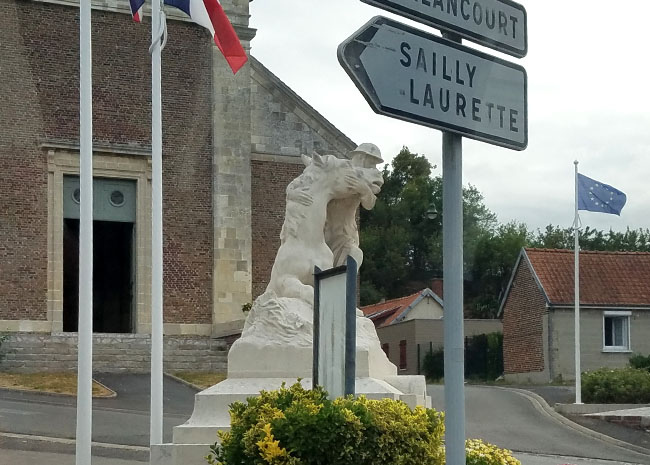
“The main activity I took part in today was the Amiens Remembered ceremony. This took place at the Cathédrale Notre-Dame d'Amiens, and there were faces such as Prince William and Prime Minister Theresa May there. All of us, students and cadets in the Amiens 100 program, were invited to the Cathedral. This event's purpose was to remember not only the decisive Battle of Amiens, but also the rest of the Great War and to bring the nations together whom used to be enemies so they could forge a new future together, with the youth as the way of doing so.
“From being here in this region of France, I’ve learned just how much the people here care for and appreciate the sacrifices the soldiers made. Whereas we do have military cemeteries in America, ours are relatively concentrated and rare. But this land, there are monuments around every corner, each just as impressive as the last. My favorite bit of knowledge I got from my tour guide Allen was General Monash’s brilliant use of smoke and gas bombs in the Battle of Le Hamel.”
— Sam Massey (TEAM MICHIGAN)
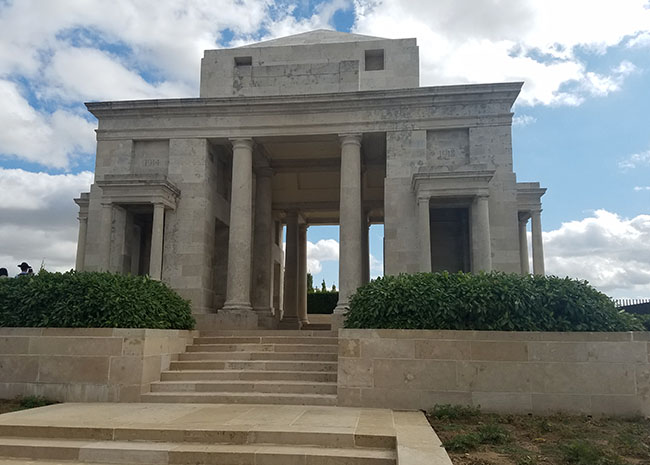
Day 5: August 9
Examining the Armistice of WWI, the group visited the Peace Memorial at Compiègne, where on November 11, 1918, an agreement was reached between the Germans and the Allies to end the war.
“We went to Compiègne, during which we visited the following sites there: the clearing, the ring and the museum. The sites were important to World War I because they were where the armistice between Germany and the Allied countries was signed in order to stop the fighting on the western front and negotiate peace. The museum with the train in which the armistice was signed was the most impressionable for us because it allowed us to imagine the setting for the armistice more vividly.
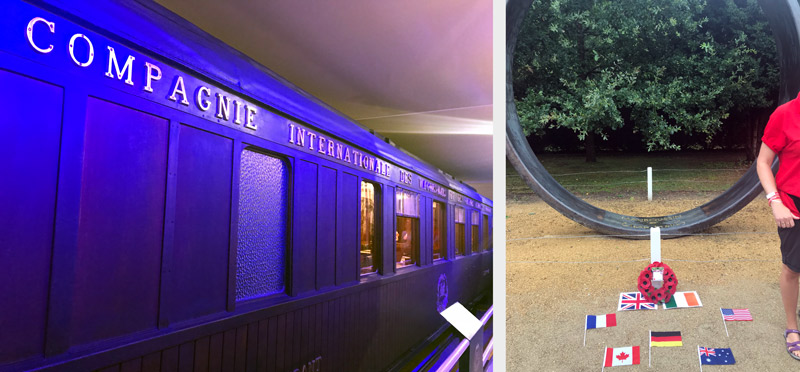
“Our main activity of the day was when representatives from each Allied country team laid down their country’s flag in front of the ring in commemoration for both the fallen soldiers from each country and the friendship amongst the countries. The purpose of this activity was to continue to honor World War I, while also strengthening relationships between the next generation of the countries.
“Something unexpected that we learned was that Hitler used the same train coach that Foch, the Allies and the Germans used to sign the armistice during World War I to sign an armistice with France during World War II, as a way to mock France’s loss of power to Germany.”
— Lily Litvak and Mansi Solanki (TEAM CALIFORNIA)
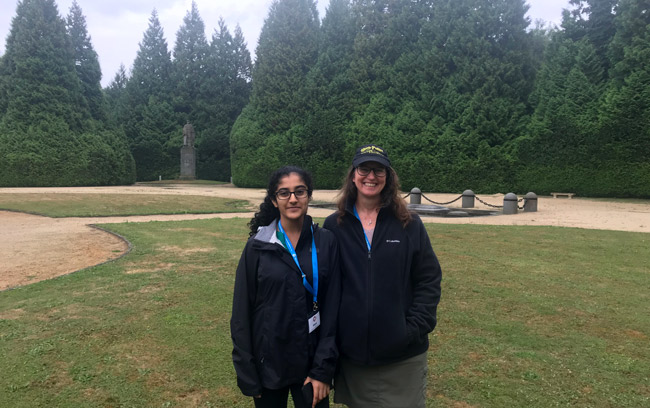
“On the 5th day, the only site that we visited before departing was the Compiègne Forest, which is where the armistice was signed. This secluded place is pivotal to the history of WWI because it ended the brutal fighting that had been occurring for 4 years. This site was impressionable to me because of how obviously it effected the Great War, and I can understand its importance by imagining all of the lives that it saved. At this site we walked through the forest, walked through the museum and participated in a flag laying ceremony to represent peace between all nations involved. I did all of these activities with my group from Michigan and those who also traveled to commemorate the battle. The purpose of doing this activity with all of the other nations was to represent peace. The most important and unexpected thing that I learned at this site was how the symbolical meaning of this place had a great influence on the start of WWII. It made me feel as though I understood how everything is, in fact, connected.”
— Abby Smithson (TEAM MICHIGAN)
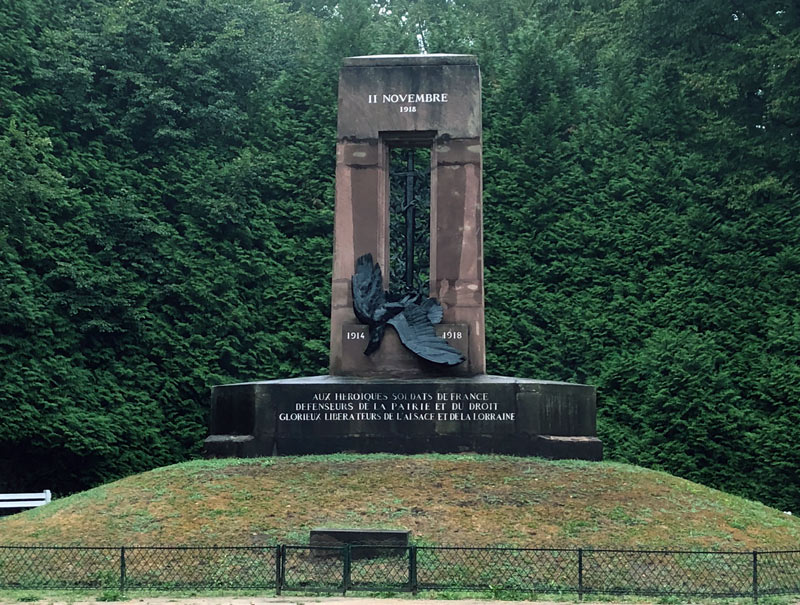
Reflections on the Trip
“To me, it is most important to remember that it wasn’t just soldiers that lost their lives during the war, but civilians as well, which is something some people overlook when they discuss war: the civilian aspect. It is important to remember how war affected civilians and their homes during the conflict, not just the soldiers, because it reminds us war affects everyone, not just those who want to be involved.
“This event was the first time I was involved in a WWI commemoration, let alone any commemoration. It differed from my expectation by being much briefer than I anticipated, being only an hour and a half to two hours in length. It was beautiful nevertheless, just shorter. It was also larger than I anticipated, I never expected the massive turnout from people who witnessed the opening ceremony from outside and those who participated in the cathedral. It was amazing to see people came from around France and the world to participate in such and event.
“The program reinforced the importance of remembering the Great War by showing me the visible scars it had left behind in France. The remains and trenches and battlefields we had seen during our tours, as well as stories about farmers digging up un-detonated shells in their fields reminded me that the war, despite ending nearly 100 years ago, still has an impact on many, physically and emotionally. Never before in history had a war had such a global affect that even still remains to this day, in the form of memorials the modern borders of many nations, and lost family lines.”
— Sam Adele
“My first time participating in a commemorative event was on Memorial Day 2018, when I gave a speech that I wrote describing the sacrifice that soldiers have made and continue to make to my community. This was, however, my first time commemorating WWI. This event differed from my initial experience because as that was only a local commemoration, this entire week was an international commemoration.
“In my opinion, the most important thing to remember about WWI is how many people, from every nation, lost their lives. This is the most important aspect to me because for the millions whose lives were lost to the war—did they die for a good cause? My experience in this program helped me realize the importance of the United States getting involved had for the Allied forces. We are all left to wonder, if the United States had not gotten involved when it did, how many more lives would have been lost, how much more destruction would have taken place, and how much more time would have been consumed by the Great War.”
— Abigail Smithson
“This trip was my first commemorative event, and this program was extremely successful in showing the effects of the Great War on all of the involved countries. The memorials reflected the soldiers and fully made me realize that they were individuals; every death devastated entire communities and that is why it's important to remember this war. The most important thing to remember about WWI are the reasons it started, and to learn how to avoid such atrocities from taking place again.
“The war continues to impact the world today, because it shaped the future of everyone involved. During the war, advances in technology have lasted a century and forever changed warfare. Before the program, I researched the United States' involvement, so it was not a surprise. Although, Germany and the other Central Powers were painted in a bad light after the war, and now it is easier to see their side of the war. There was no true winner.”
— Lorna Gage
“The past week of touring the memorials and learning about other countries' struggles during the war has really opened my eyes on how World War I affected the countries involved. This program showed me that the Allies weren't the only ones affected but also the Central Powers, how every soldier was human and they all had to go through similar obstacles. The program not only taught me more about other countries' involvement, but also the United States' involvement. The tours made me realize that although the US didn't play a huge role in WWI, we were still greatly affected and played a big role in the winning of the war. I believe the most important thing to remember about WWI is how much loss everyone experienced and how big of an impact it still has on the world today. You have this realization throughout the tours that all the soldiers involved were human, and all had families that were impacted by their loss. Throughout the whole trip, I was constantly absorbing new information and learning about all the Allied Forces' sacrifices needed for winning WWI, and how it impacted all those involved.”
— Megan Burton
“This was my first time participating in a commemorative event for anything, so it was all new to me, especially with it being overseas. It affected me the most when it comes to how I saw the United States and other countries, because when I was talking to the other kids from other countries, I started to see how they see the U.S. I could also hear some first-hand stories about the conditions of other countries and how those conditions affect them, and it was really interesting. For example, when I was talking to some of the Australians, they talked about how they have bad problems with overusing pesticides and bad water, when I had no clue about it. Overall, I thought that the trip was great.”
— Nick Manty
“This was my first time not only participating in a commemoration but also commemorating WWI. The ceremony was much more beautiful than I had anticipated. I didn’t expect it to be so eloquent or for it to have such a huge impact on me. The choir, the band, the speakers, even those who spoke in different languages which I couldn’t interpret, were awe-inspiring. Also, the location was so much more than I had thought it’d be. Pictures don’t do that cathedral justice. Actually being present and seeing how grand and intricate it was with your own eyes is an emotional rollercoaster in itself.
“I feel it’s most important to remember the mistakes we made at the end of the war the most. Through all of my analyzing of the Armistice and the events after have led me to believe that those events and the way the Allies punished Germany was the reason Adolf Hitler rose to power and WWII happened. We did not make peace after the war, and we should have. If we hadn’t punished the Germans to the point that their country was destroyed, Pearl Harbor wouldn’t have been bombed, the Holocaust probably wouldn’t have happened, and Normandy wouldn’t have had to have been invaded.
“This program didn’t necessarily break preconceptions based in stereotypes that I had, but more or less reinforced the idea that stereotypes aren’t even close to true. The participants behaved drastically different than the generalizations of their countries would have you believe. Everyone was pretty much the same no matter their country of origin. Canadians were just as loud as the Australians, the Americans were just as kind as the Irish, the French, well there was a language barrier there, but they still felt as if they were just like me.”
— Samuel Massey
“Participating in a commemoration event such as Amiens 100 truly emphasizes the importance of remembrance as a collective multi-national activity that should involve people from many nations, from all walks of life, and of all ages. As long as we remember those involved in World War I as individuals who made tremendous sacrifices on behalf of their countries, their efforts were not in vain, and we can perhaps learn something from the events they participated in. While I don’t believe that history repeats itself, it does sometimes seem to rhyme, and can therefore be used as a guide for the future. Events of this sort also serve to make our collective story real to younger people who often have very little frame of reference from which to evaluate and understand the past. Further, remembrance serves to help emphasize the connections between past and present, such as how recent nationalist events, such as Brexit or the rise of the far right in Austria and Germany, bear some resemblance to late 19th century Europe. While not a surprise to me, as a history teacher, we all need to be reminded occasionally. The memorials and cemeteries of Northern France were also memorial reminders that, while I knew they existed, starkly demonstrate the care and emphasis placed on these sites on a daily basis by many international organizations, and the fact that many French people live with these reminders on a daily basis gave me great respect for their benevolence and for their care in reminding the world that a conflagration such as World War I must never happen again.”
